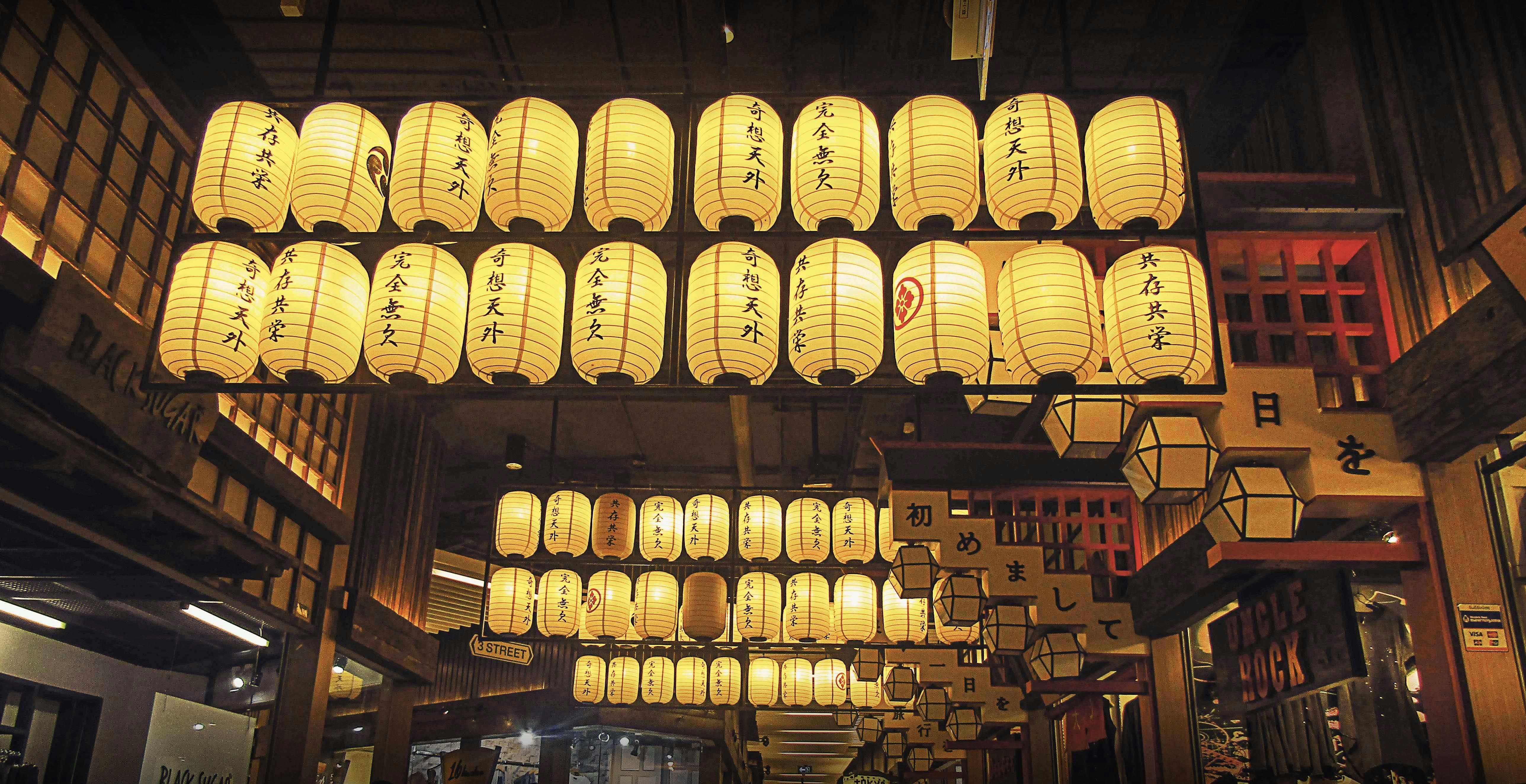I hear people talk all the time about external frame packs or internal frame packs. Ask which is better, which is lighter, etc. Well, if you ask me, it’s more about comfort, weight, and personal preference.
Is one model better than the other? That depends on what and where you will be hiking.
Let’s look at backpacks with an external structure.
Some of its features are:
– Rigid structure of light metal, plastic or wood.
– The fabric package is attached to this frame.
– You have good ventilation between your back and the backpack.
Lots of pockets and straps to hold items, I like this. The more pockets, the better you can organize things, as long as you can remember where everything went.
Large capacity for heavy loads.
Some have extender bars so even more items can be added or as the hiker grows the pack will grow with him/her. I really do not recommend that you buy an oversized backpack to grow. This alone makes the first few years really miserable.
My backpack has an extender bar, which I took off and never used. I always seek to reduce my weight, not increase it.
Less expensive than internal frame packs.
Best for beginners and children. To begin with, children will not be able to carry much weight. The volume of an 11-year-old’s backpack is going to be much less than that of an adult. They will grow out of it, so why pay more up front?
For backpacking families, the larger volume of these backpacks will be an advantage if a child gets tired and you have to carry some of their stuff.
Now, external frameworks are not as stable as internal ones. This is true for several reasons:
– Sits further away from your back.
– Not so tight.
– You can have more things hanging on the outside of the package.
If you will be hiking mainly on flat terrain or with rolling hills, you can opt for backpacks with an external frame.


